Tom Bolton reflects on a Suffolk walk conducted against a fast-changing political backdrop.
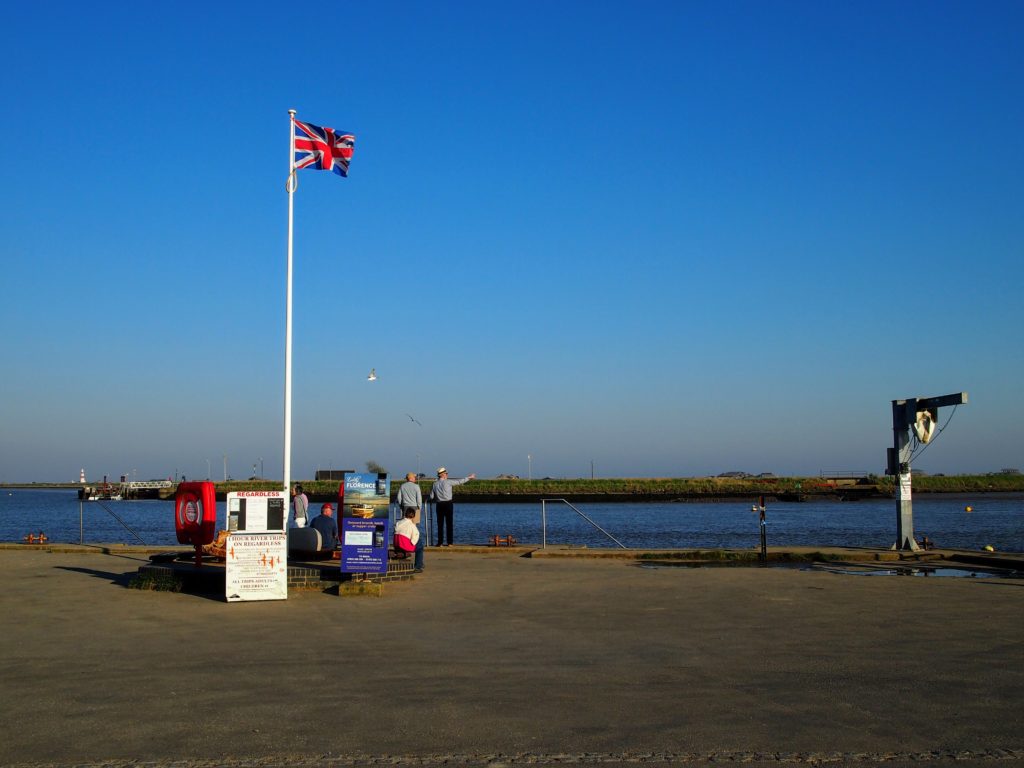
During 2016 and 2017 I walked the length of the Essex coast with Jo, my wife, in a time of political upheaval and social discord. I wrote about this 350 mile walk in Low Country, which was published by Penned in the Margins in late 2018. By then, Jo and I were deep into Suffolk. As we continued north along the coast, in weekend trips, the coastal backdrop to an ever more alarming national politics changed from mudflats and estuaries to sandy heaths, gorse, low cliffs and sand.
In Essex, it felt as though some insight into the nation’s divisions might conceivably be found. The character of Suffolk felt very different. Essex was spectacular, bewitching, strange and little-visited. Suffolk, on the other hand, is marked out ready for the anticipated visitors – golfers, weekend sailors, second homers, and even walkers such as ourselves. Almost all of its coast is designated as an Area of Outstanding Natural Beauty. And it is lovely: a place where old men ferry passengers across the mouths of rivers, Martello towers squat on long, duney strands, poppies bloom on the field boundaries and even the smallest village boasts a fine, tall-towered medieval church tower built from darkly gleaming flint. It is also far from undocumented, not least by the finest and most haunting of landscape and memory writers, WG Sebald. Dunwich Heath, Southwold, Aldeburgh were his territory, and any writer approaching Suffolk must go through him to reach their own version of this coastline.
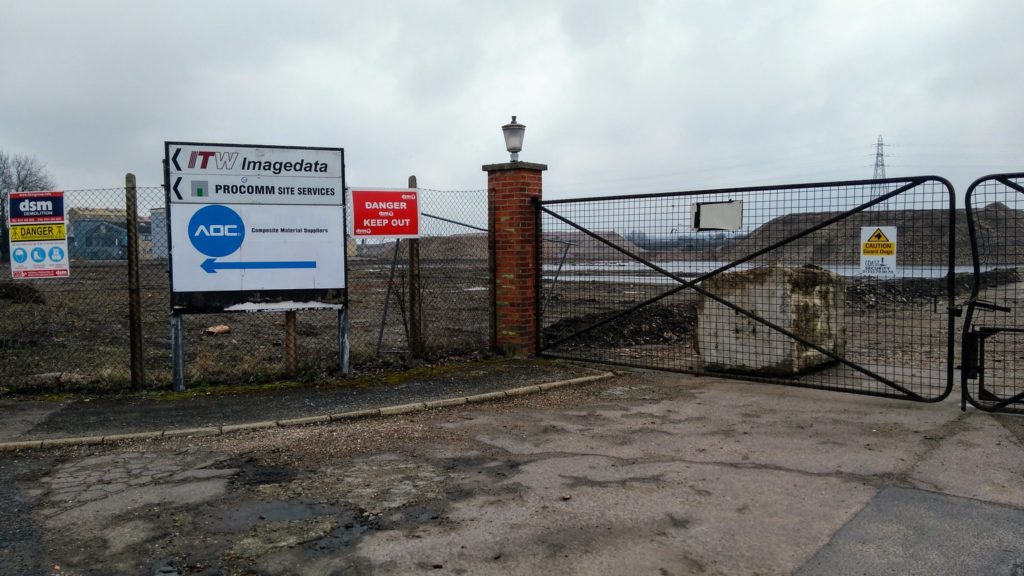
The London train leaves Essex and enters Suffolk beyond Manningtree Station. On the north bank of the Stour, after the Suffolk county sign with its sunrise coat of arms, the carriages roll past the derelict, semi-cleared BX Brantham factory site. This was once the location of the plant jointly owned by British Xylonite and Ilford where camera film was produced, including Ilford’s famous black and white stock. Margaret Thatcher’s first job, as a research chemist, was in the Brantham labs straight after the Second World War. The origin of the 20th century’s stock of defining images was here, on the now-empty site beside the river, among them the photographs WG Sebald took on a haphazard selection of cheap cameras. His flattened, monochrome images punctuated Rings of Saturn, the account of journeys he made on foot through Suffolk in late summer 28 years earlier, which is a reckoning with European history he cannot forget.
Over the late August bank holiday last year there was a sense of an uneasy pause; not a truce but a necessary break. Seething Brexit arguments over the meaning of the supposedly conclusive referendum vote had consumed all the available political energy for more than three years. They had chewed up two Prime Ministers: David Cameron, who walked away humming, and Theresa May, handed the job by colleagues because she posed no conceivable threat to anyone. The blustering, evasive figure of Boris Johnson had inherited the premiership a month earlier without needing or bothering to campaign. The end of summer break was a nervous lacuna before things turned much nastier, and a new normal made its debut.
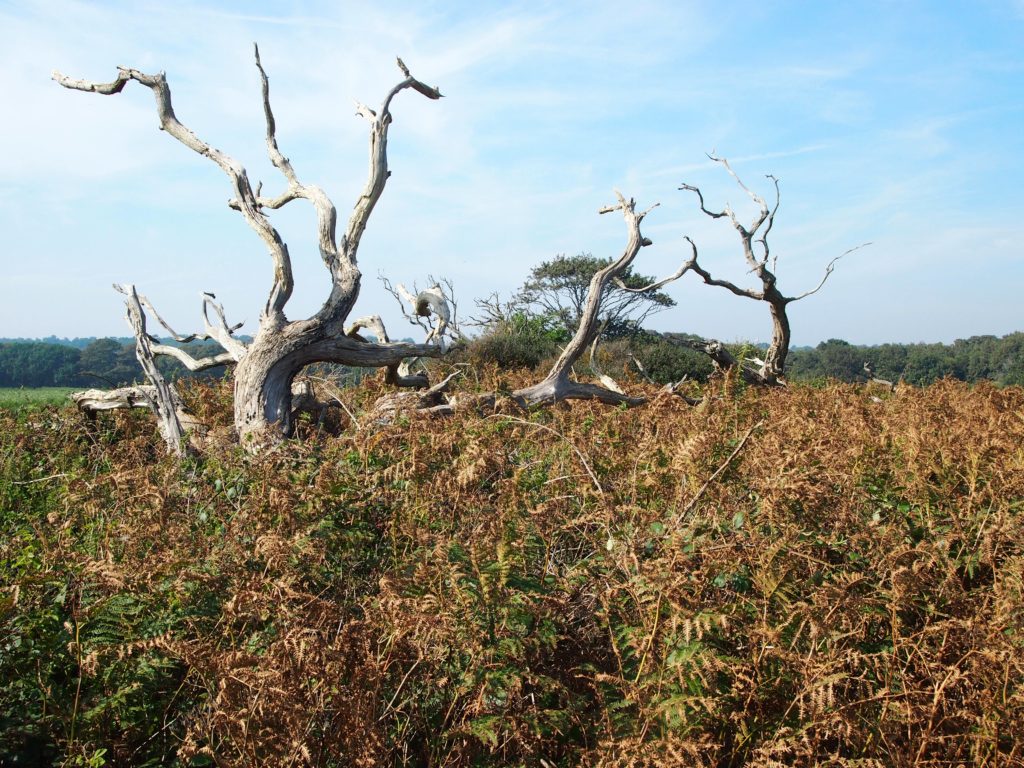
The countryside, and the whole country, seemed tired. From the top deck of the bus from Halesworth Station to Southwold, the sweeping, striped fields appeared parched and dry. Colour was draining from hydrangea blooms, and red plastic litter bins were bleached grey by the sun. Beyond the cars for sale on verges the harvest was in, but late summer was unsettled. Truly distressing reports came in of unprecedented fires in the Amazon, where the retro-fascist Jair Bolsanaro tried to lay the blame on international aid organisations and, astonishingly, in the Arctic. The flag of St George fluttered limply on Blythburgh church tower in the hot, exhausted August breezes.
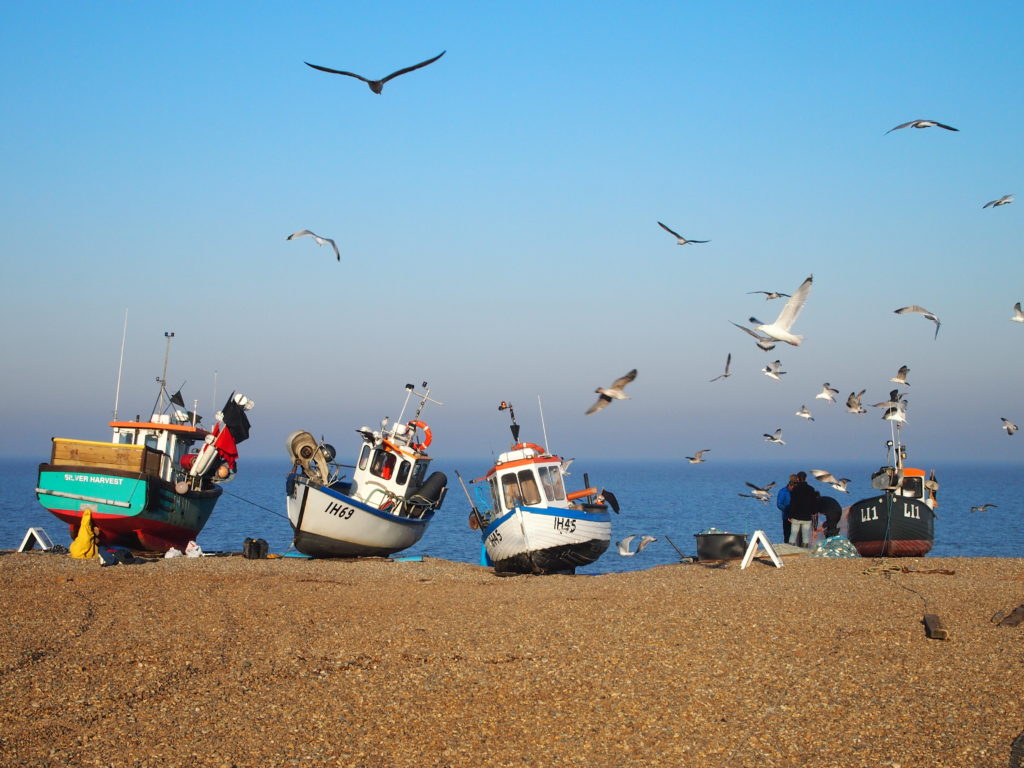
In Southwold, we located the former home of Eric Blair – George Orwell – where he had lived with his parents and sister between forays to serve in the Burmese police and to write Down and Out in London and Paris. Today Southwold has a reputation as a weekend bolt-hole for well-off Londoners, but a strong character can be found in its tight streets. The town centre is dominated, most unusually, by a lighthouse. The rebuilt pier is occupied by wilfully odd entertainment machines made by inventor Tim Hunkin. The Sailor’s Reading Room now houses the shadow of WG Sebald, writing letters and looking out to sea, alongside the ‘surviving fishermen and seafarers sitting in silence’ he observed there thirty years ago. From the town, Sebald looked out to see the Battle of Sole Bay, fought between the English and Dutch fleets, still taking place, cannonballs crashing through wooden hulls and fireships burning to death hundreds of men crowded below deck.
Walking north, on the final two legs of our journey to the Norfolk border near Great Yarmouth, we had to skirt inland around a length of crumbled cliff path. Erosion is the bane of Suffolk, the soft, crumbly soil increasingly prone to vanishing in great chunks overnight. Dunwich is a cautionary tale, the place that shows how great towns are reduced to nothing when faced with the sea. The rural expanses of North Suffolk are explained by this missing medieval town which toppled, church by church, house by house, over the cliff in a slow motion 600-year collapse. As Sebald put it, ‘Dunwich, with its towers and many thousand souls, has dissolved into water, sand and thin air’. In its wake the sea has left the memories of lost churches, their bells said to sound beneath the sea. The remorseless progress of the sea makes this highly unlikely. The torture of Dunwich must have been that everyone could see it coming. The town was doomed from 1286, when the first buildings fell from the cliff during a storm that met a tidal surge. The townspeople had time to remove the contents of each of their eleven churches and priories before they crumbled, and could do nothing more. We visited the graveyard of the last church to fall, All Saint’s Dunwich, which was often photographed during its painful topple into the sea, the tower finally vanishing in the 1930s. Now a single grave, that of a man named Jacob Forster, remains while every other has fallen away in a shower of bones.
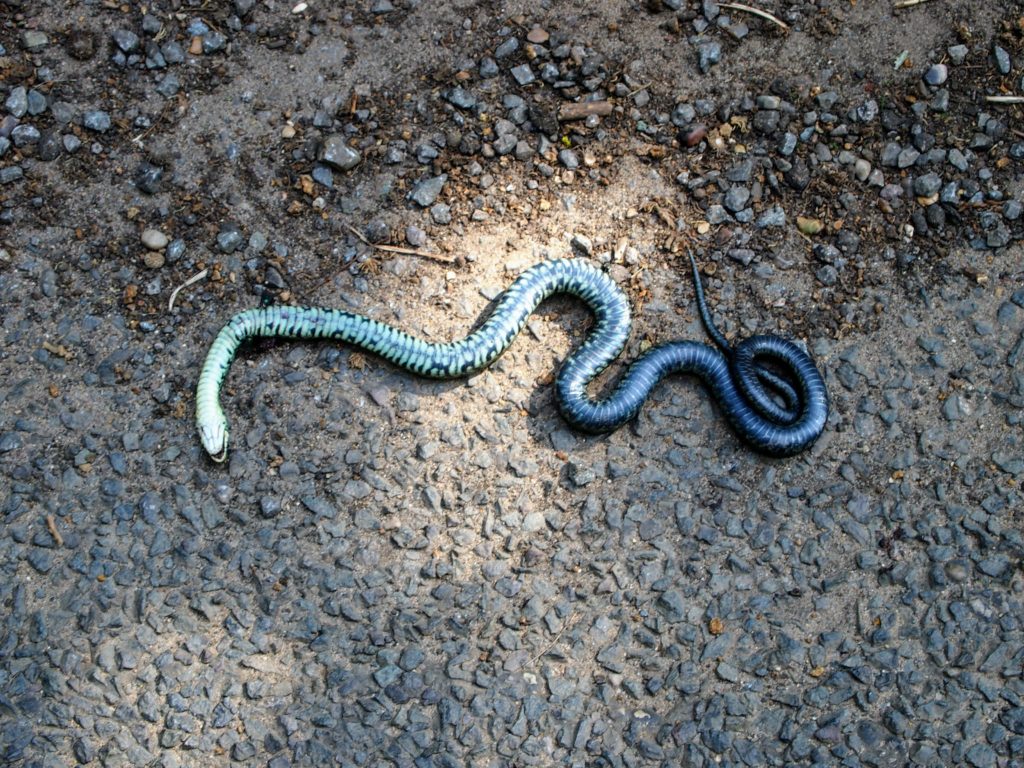
We reached the sea again by cutting through the bleached reed banks of Easton Broad, passing a squashed water rat on hot tarmac and a dead adder, coiled and glistening. Covehithe consisted mostly of a vast, ruined church, the first of several such in north Suffolk, further evidence of the wealthy medieval society dismantled by the sea. On closer inspection, a tiny, intact church lay within the roofless gothic nave, more than sufficient to meet radically reduced demand.
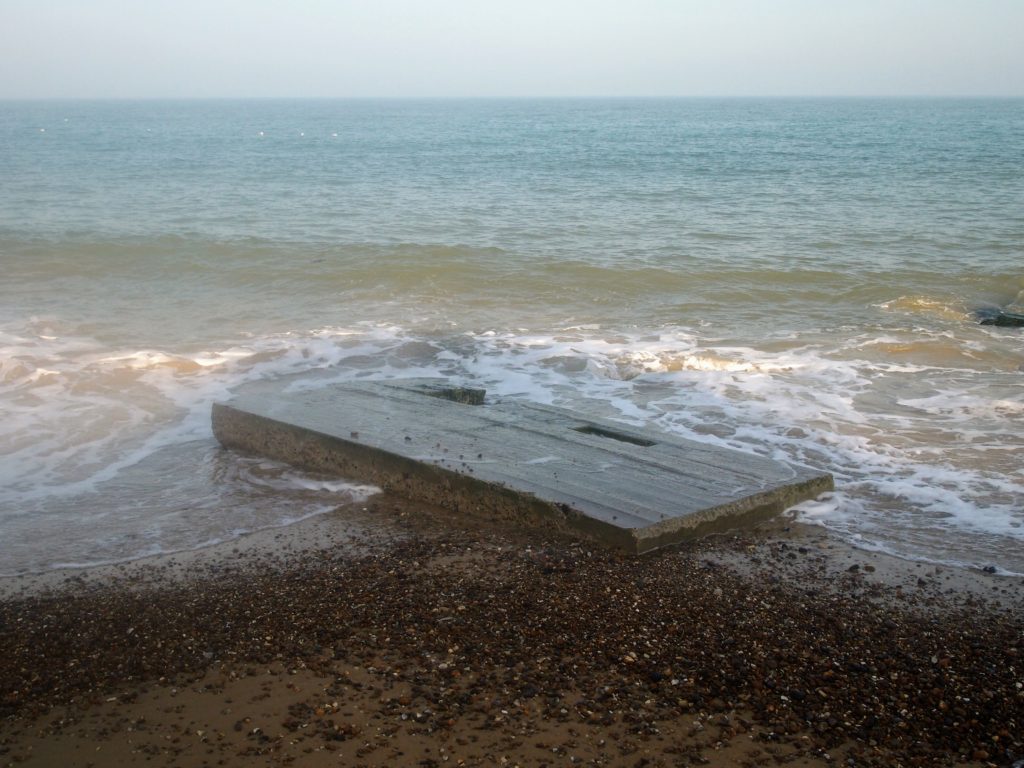
On Benacre Broad, past Covehithe, the perfect beach party was taking place. A group who seemed dressed for an early 1990s travelling festival had music and plenty of beer, the weather was glorious and apart from us there no-one in sight for miles, to the long, sandy shore’s vanishing point. It was, without a doubt, the best place to be on that particular Saturday. The Broad was a few feet from the sea, separated from salt water by a minimal undulation in the shingle. This idyllic spot is also Britain’s climate change frontline. This is where, sooner rather than later, the sea will break through decisively to claim Benacre and Covehithe Broads, taking a bite from Suffolk and realigning the coastal map. Further on, fallen World War II pill boxes lay on the beach as they did throughout Essex, in the process of being dismantled into their constituent elements by the surf.
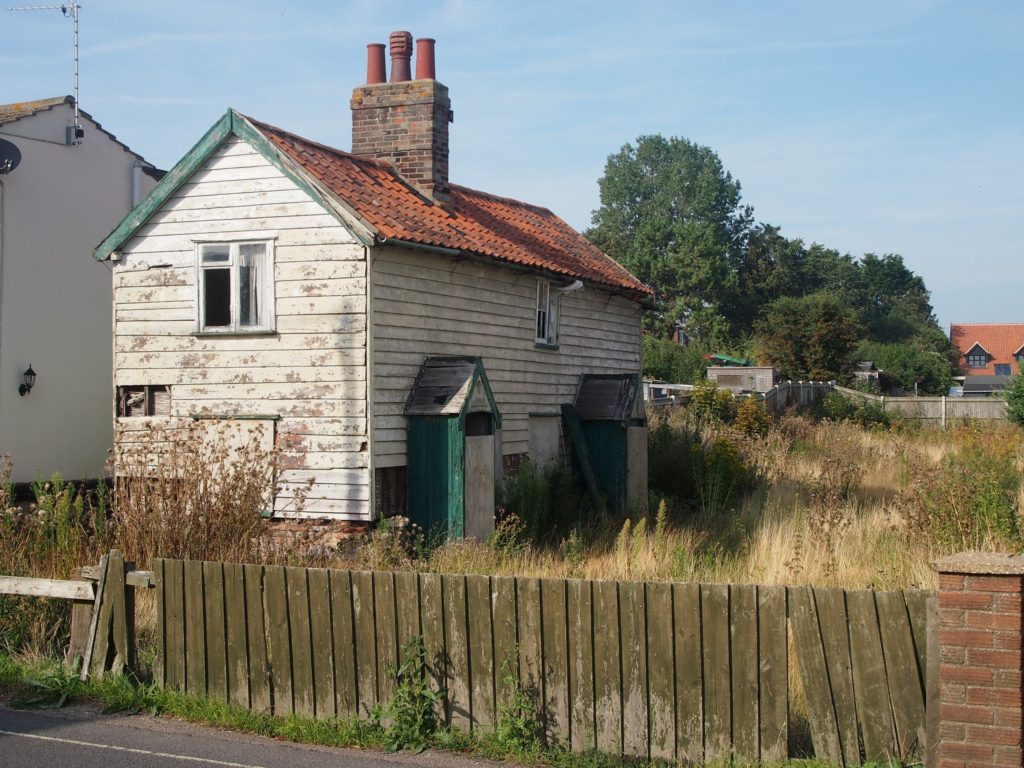
Back up on the cliff, a tiny, one-up one-down cottage stood derelict in the centre of Kessingland village. Astonishingly small for humans, it was a reminder of the older, harder ways of life in the recent past along this coast. Rider Haggard Lane pointed to something entirely different, the colonial writer Sir Henry Rider Haggard. The author of adventures such as King Solomon’s Mines lived at a demolished clifftop house called Kessingland Grange. From there he made sorties into conservative politics and agricultural reform across East Anglia, bulwarking his isolated residence against the hostile forces of nature and modernity. The site of the Grange was now occupied by cul-de-sacs of particularly unappealing 1970s bungalows.
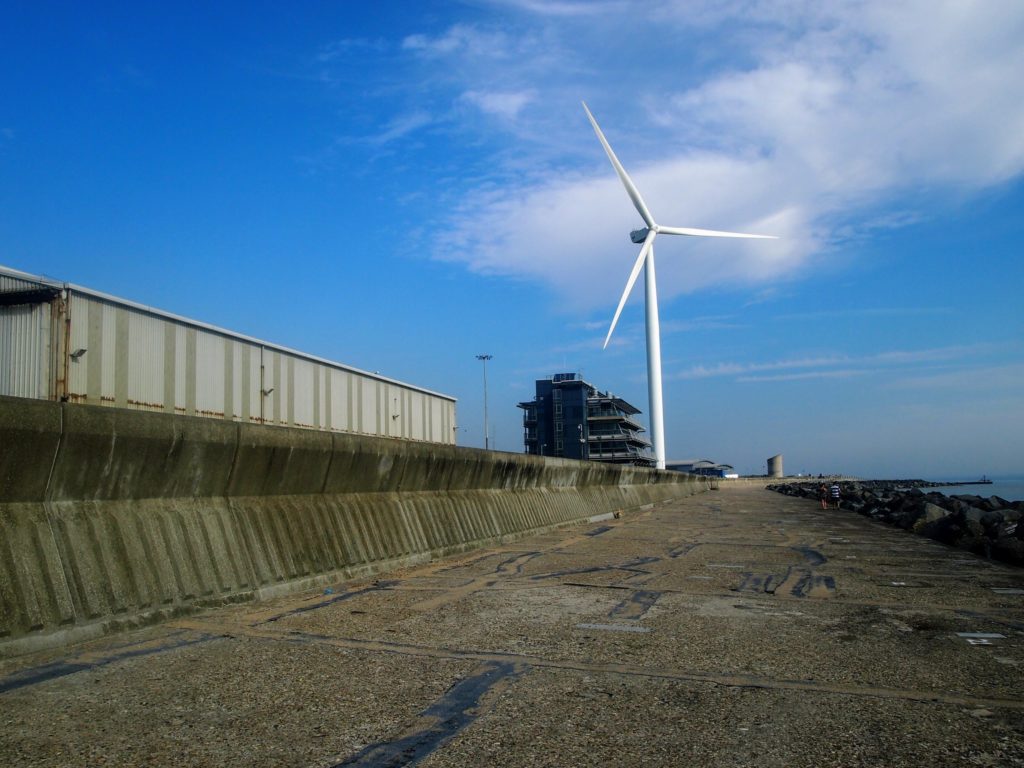
The next town, Lowestoft, had a powerful effect on Sebald who was disturbed by its deterioration since his previous visit, in the early 1980s. He writes: ‘I was unprepared for the feeling of wretchedness that instantly seized hold of me in Lowestoft.’ At the station he saw undertakers and a body in a coffin, wearing Sunday best. Even his fish and chips, eaten in a ghostly hotel, seemed grey. Perhaps we are now more used to the idea of seaside towns in need of new identities, but Sebald’s mood seems unduly hard on Lowestoft, which still has more industry and more fish than most places. The headquarters of marine organisations lined up by the harbour, the mouth of the River Waveney, and the Bird’s Eye Factory was located in a prominent seafront spot. It overlooked the most easterly point in Britain, marked by a wind turbine in a gesture towards the new North Sea boom industry. The most easterly point was impressively unremarkable, without any of the tourist collateral found at Land’s End or John O’Groats. We took a photograph of a local teenager and his friends, who was showing around the local sites with a slight air of embarrassment. This seemed to be the only stop on his schedule.
Somewhere between Lowestoft and Great Yarmouth we left Suffolk and entered Norfolk. The border was unmarked anywhere, and at the edge of the wide, sandy beach was a flight of steps that seemingly led nowhere, disappearing into a thick hedge. The boundary is more of an administrative convenience than a physical reality. The counties had once met further north at the River Yare, which separates Gorleston and Great Yarmouth and forms a natural border. As the two towns gradually merged, Gorleston was absorbed into Norfolk, but it is still surprisingly hard to cross the river that separates the two towns.
The sands beyond Lowestoft are impossibly long, miles of beach facing the rising sun. Below the cliffs is an old world, edged by yews concealing an institutional Victorian mansion. Above are theme parks familiar from late 20th century railway station advertisements: Pleasurewood Hills and a place called ‘Africa Alive!’ In the fields at Corton, another flint-walled church had been unroofed, and a smaller building constructed in its arcaded shell.
As we walked, we thought back to the weighty landscape of Dunwich Heath, a nature reserve perched on a cliff between Aldeburgh and Southwold. The yellows of the impenetrable gorse bushes had seemed intensified by the late summer sun, which threw an aura around them that appeared purple, colour mixing with deep green in the hazy air. Sebald detected an intense melancholy in this isolated place which he connected with the ancient burning of the forests by early settlers, a process that continued in the Amazon, then as well as now. ‘The great fires are now lit on the other side of the ocean’, he observed.
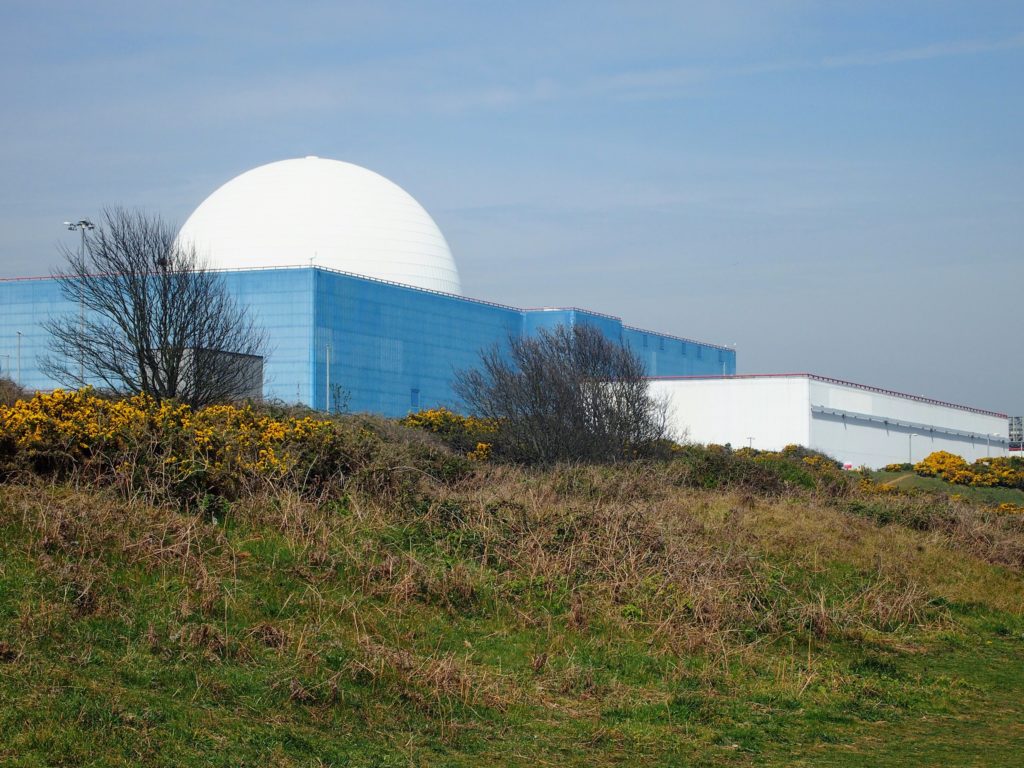
The apocalyptic nature of this particular piece of coast is reinforced by the presence of Sizewell Nuclear Power Station, south of the Heath, above a broady, sandy beach. The blue dome of Sizewell B was completed in the 1990s, and remains the last nuclear reactor to be built in Britain. Its design is both extraterrestrial – round buildings carry an other-wordly character – and dated. The material and colour looks cheap beside the brutalist slab of Sizewell A, a structure that seems more suited to its solemn task. These buildings extend beyond the comprehension of any one of us. They will exist in some form in a time when everything else we have made and known is gone. They are the closest humans have come to creating something that will live forever, the closest we will come to immortality. No wonder we like to hide them away where most of us can pretend they don’t exist.
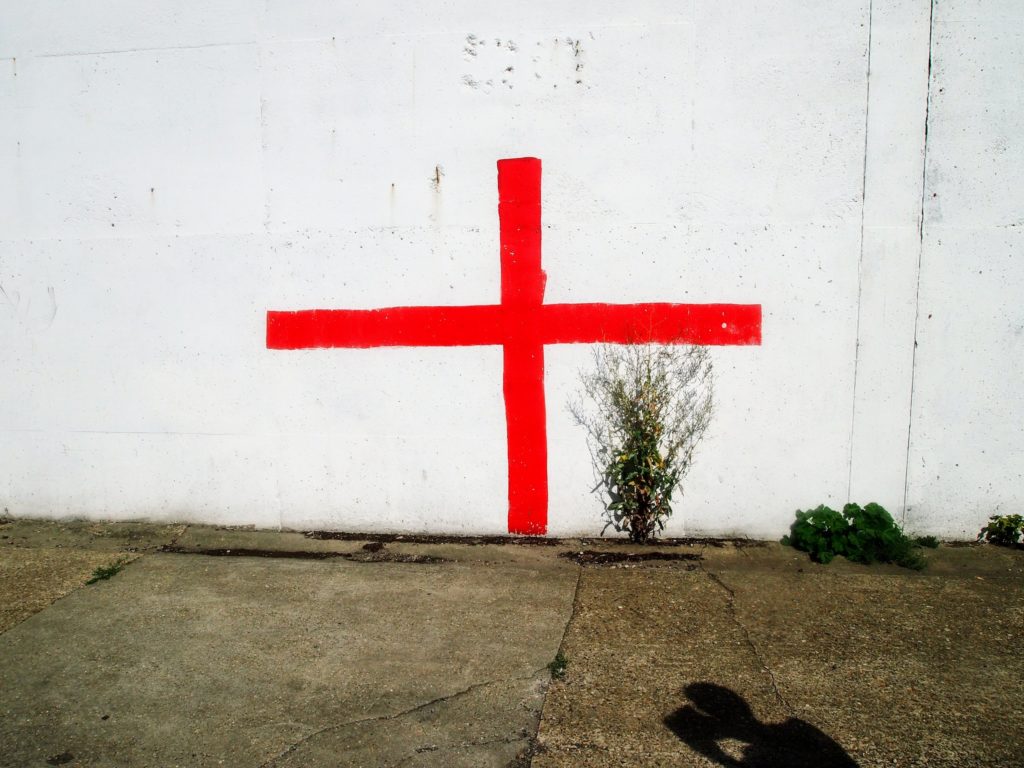
At Gorleston a long march into Great Yarmouth began along the south bank of the Yare, where a ferry marked on our map had been decommissioned decades ago. Yarmouth itself looked imposing on the opposite bank, with its own version of Nelson’s Column standing above silos and sheds. In Gorleston, a white wall had been painted with two thick red stripes, turning it into an borderless Flag of St George. Nearby, someone had painted ‘Keep Dreaming’.
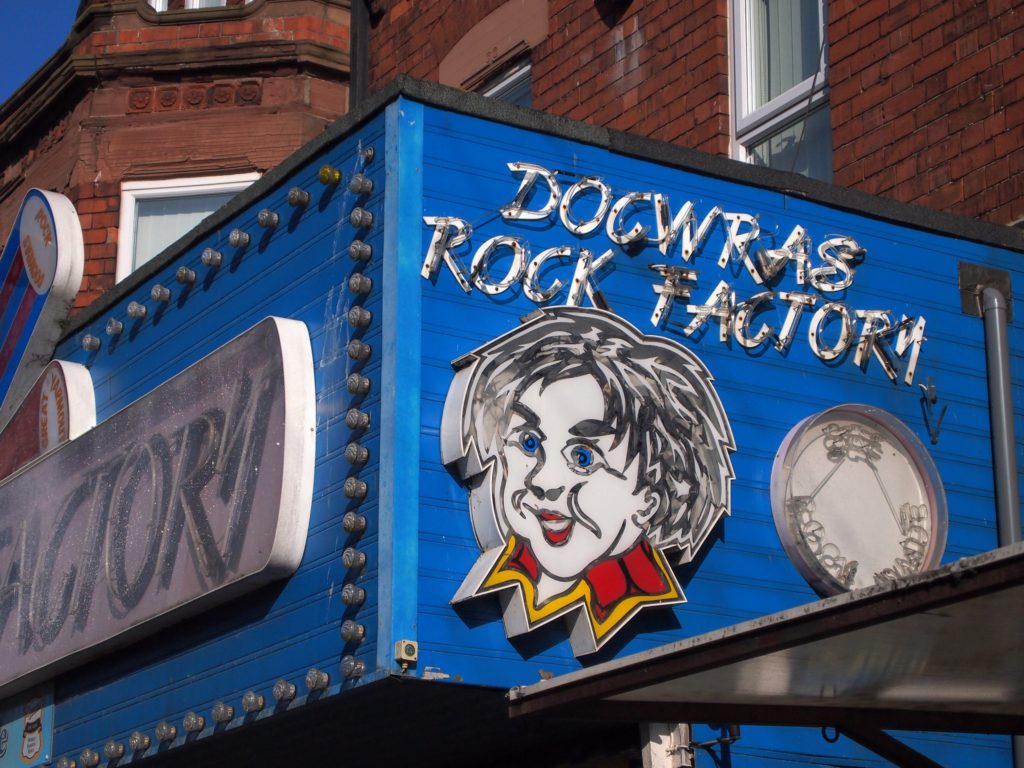
When we eventually reached the river crossing, the only one for miles, Yarmouth itself was entirely different to anywhere we had seen in Suffolk. Featuring a mysterious, thatched warehouse by the river and a distinctive network of alleys, known as ‘rows’ and replicated in the carpet design at the local Wetherspoons, it was a combination of medieval metropolis and East Coast Blackpool. The old centre was empty but Regent Road, the route to the beach, was packed with people and lined with shops. They were all independent, not a chain in sight, and consisted of the oddest establishments Britain has to offer, including Ticklesworld (‘East Anglia’s biggest joke shop’), Docwra’s Rock Factory, with an illuminated sign from a Coney Island nightmare, and a semi-derelict establishment called House of Wax.
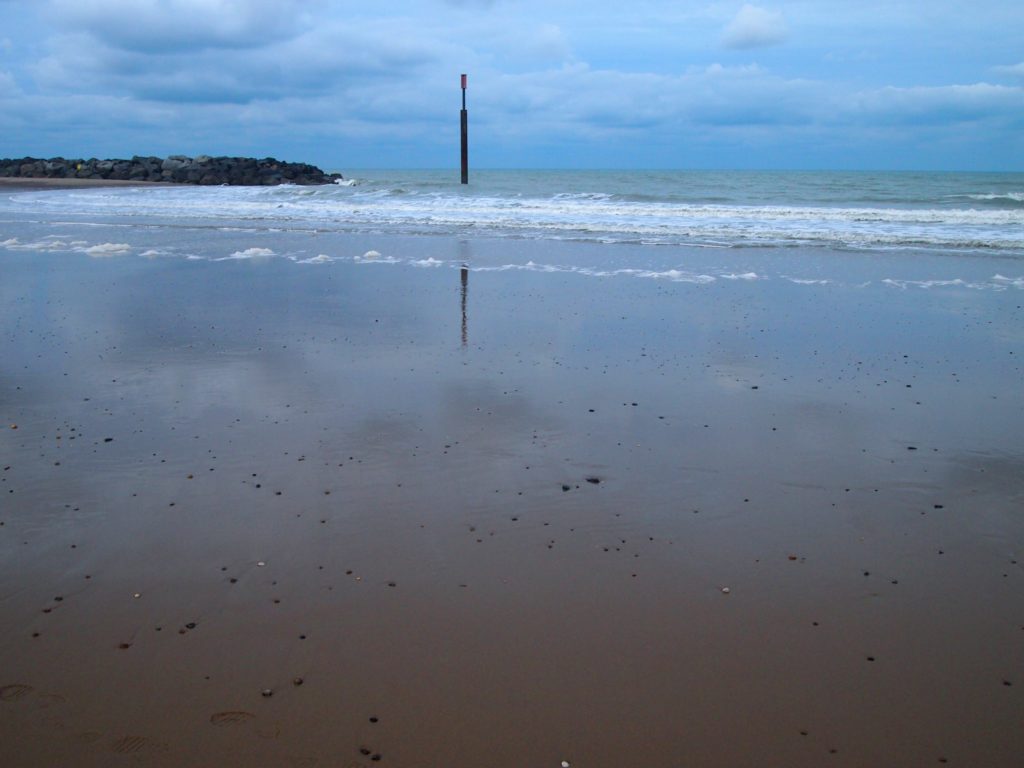
In our seaside hotel room I lay on the bed, recovering from our 15-mile walk on mostly sand, and listened to the cricket. The England team were executing a once-in-a-generation turnaround against Australia at Headingley. Ben Stokes batted the side to an impossible victory in a manner that could not help but recall the summer test matches from childhood memories. It was the ideal backdrop to a bank holiday, but it seemed more the end of something than a beginning. There was nothing new to be gained from going back, but England was retreating into a nostalgia of diminishing returns.
Later, we walked through a carefully restored Venetian canalscape beside the sea and thought about the future, which seemed to be darkening in advance. That evening the new politics began, as reports emerged that Boris Johnson would seek to prorogue Parliament to prevent MPs from exercising their influence on the timing or nature of Brexit. Little more than six months later that last weekend on the Suffolk coast seemed unrecognisable, viewed from a world in lockdown. From our homes the world beyond walking distance seemed more like a dream than a corporeal experience, its afterglow faded from our bones, muscles and synapses.
Sebald ends Rings of Saturn with a recollection of an account he can no longer locate, of a Dutch custom of covering paintings of landscapes, food or people in black after a death. He says this was intended to prevent the soul of the deceased from being ‘distracted on its final journey…by a last glimpse of the land now being lost for ever.’